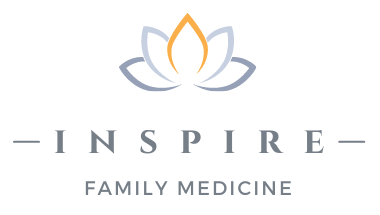An open letter to my colleagues:
Working in primary care is challenging. I recently saw a social media post reminding patients that behind every late appointment is a weary yet well-meaning doctor who has likely not had time to pee, wolfed down a squeezable applesauce for lunch, and is trying to maintain a calm demeanor while managing double bookings and urgent messages. Reflecting on my days in traditional primary care still makes me anxious.
Five years ago, I longed for something more meaningful. I believed medicine was a noble profession, but the relentless pace left no time for quality interactions. I powered through each day with pep talks and deep breaths between patients, but I kept wondering, “How long can I keep this up?” I loved my patients and was good at my job, but the sheer volume of patients, messages, medication refills, lab results, and consult reports was overwhelming—it was like trying to water a delicate garden with a fire hose.
Thankfully, after 20 years in this model, I made a change that transformed my life. I found a balance between purpose-driven primary care and personal time with my family. Now, I give wholeheartedly to my patients without feeling drained. The grass is much greener here, and it’s my mission to help other doctors make the same transition. If you feel stuck in your primary care practice, here are three solutions to help you rediscover the joy in medicine.
1. Don’t Throw Out the Baby with the Bath Water: Many talented primary care doctors leave the front lines for other fields like coaching, consulting, or different careers. But it doesn’t have to be this way—we need you! If you enjoy patient interactions but need to turn off the fire hose, think outside the box. You don’t have to work for a large employer. You can practice medicine on your terms with endless resources, podcasts, and coaches to guide you.
2. Align Your Incentives with the Patient: In the insurance-driven world of medicine, there’s an odd relationship between the doctor, patient, and insurance company. While the doctor’s primary focus is the patient, the paycheck comes from the insurance company, leading to misaligned incentives. Insurance companies are driven by profits which are often at odds with what is best for the patient. By switching to a direct care arrangement, you align your incentives with the patient. Both want high-quality care with minimal administrative hassles.
3. Remember That Anything Is Possible: This was my motto when transitioning to direct primary care. Believing in yourself and knowing that everything is figure-outable allows you to overcome challenges and find solutions. There are large communities of physicians who have found better pathways and are happy to share. Finding my support community was crucial in taking the leap of faith. It was scary, but so worth it. Now, I’m paying it forward by mentoring doctors, residents, and medical students interested in direct primary care.
Get in Touch: If you seek mentorship or live in central Massachusetts and are interested in the DPC model, visit our webpage: https://www.inspirefamilymedicine.com/careers. We’re expanding our practice and looking for outstanding doctors to join our mission that benefits both doctors and patients.
